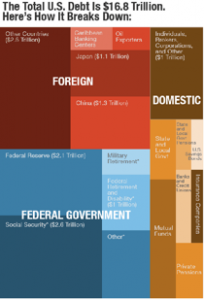This video delves deep into the complicated origins of income inequality and how it affects the economy as a whole.
Questions:
- What has been the economic effect of technology on productivity and jobs?
- Is cutting CEO pay the answer to fixing income inequality?
From We The Economy




